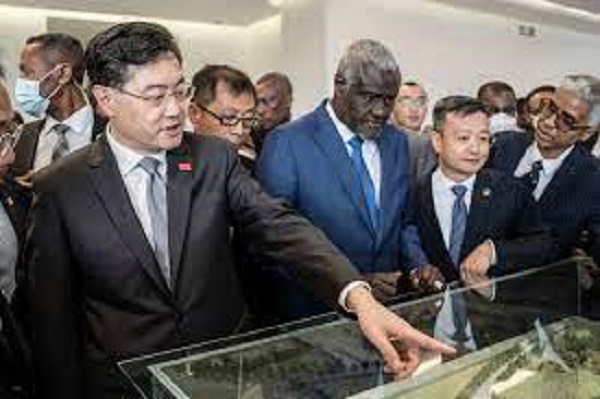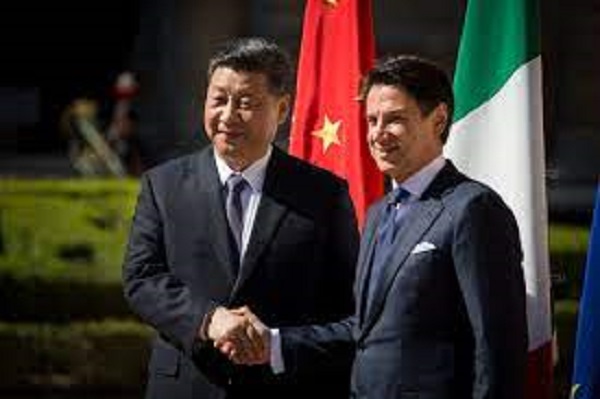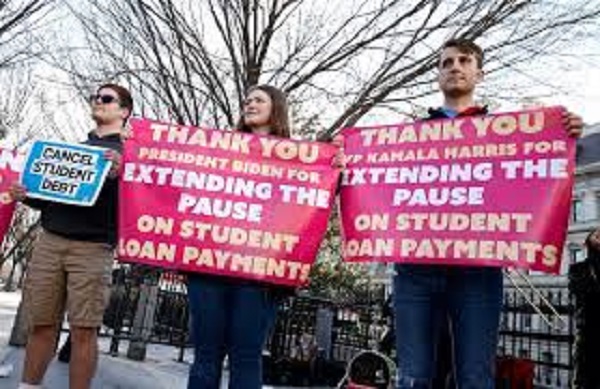
China is creating "hidden" debt through its loans to other nations. That might be an issue.
However, Yu issued a warning, pointing out that the absence of information around the loans implied that the projects’ sustainability was also unknown.
“Due to a lack of accountability and transparency, there are doubts over the long-term viability of the projects financed by China’s underreported loans. Long-term, the deficit will increase even though foreign direct investments will soar in the early phases of the projects.
One well-known example is Sri Lanka, which in 2017 was forced to turn over a strategically important port to Beijing due to its inability to settle its debt with Chinese businesses.
It was viewed as an illustration of debt-trap diplomacy, in which nations with debt to Beijing may be compelled to cede land or make severe concessions in the event that they are unable to pay obligations. The administration of Chinese President Xi Jinping, meanwhile, has refuted reports that the nation is using this tactic.
The IMF refrained from commenting, instead sending CNBC a speech made by Christine Lagarde in April. In saying that “debt sustainability… will strengthen BRI sustainability,” she didn’t seem to address the problem of concealed debt impeding the analysis her group could perform.
“Investments in infrastructure, if not handled carefully, can result in a problematic increase in debt,” the speaker stated.
Chinese foreign financing may decrease.
Chinese loans to foreign nations may decrease in the future due to growing risks, which could be related to both the Belt and Road initiative and China’s faltering economy.
The Economist Intelligence Unit’s lead economist for China, Tom Rafferty, warned of additional dangers ahead and predicted “restrained” future prospects for Chinese credit.
“Chinese overseas lending slowed quite sharply in 2018 as financing in US dollars became more difficult to obtain and risk aversion increased.”
According to Rafferty, China’s historically significant current account surplus has been the source of the foreign exchange reserves, which are kept in US dollars, that are utilized for its international loans, particularly to nations taking part in the Belt and Road initiatives.
However, China’s current account is currently contracting, which limits its ability to borrow US dollars.

Other stories
-
Top German Health Insurance Providers
-
The rising popularity of darts provides a chance for young people in Ghana.
-
MTN Ghana reports GH¢4 billion in earnings for 2023; the company will distribute GH¢0.175 in dividends per share.
-
AFCON 2023: ‘He would certainly be here without the injury’ – Chris Hughton on Partey
-
There have been five attempts to assassinate the Special Prosecutor. A Plus on ‘armoured vehicles’ request






